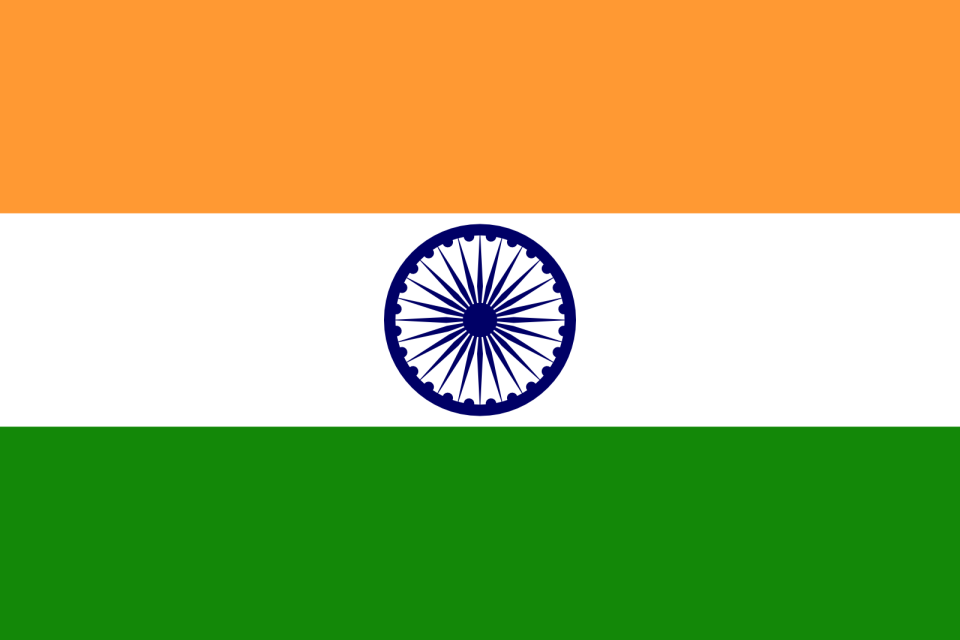Context: In January this year, about eight billion (800 crores) transactions worth nearly $200 billion (Rs. 2 lakh crores approximately) were carried out on the Unified Payment Interface (UPI)
What is Digital Payment System?
A digital payment sometimes called an electronic payment, is the transfer of value from one payment account to another using a digital device such as a mobile phone, POS (Point of Sales) or computer.
Modes of Digital Payments:
- Unified Payments Interface (UPI)
- Bharat Interface for Money (BHIM)
- UPI 123PAY
- UPI Lite
- Cards (including RuPay Debit Cards)
- Immediate Payment Services (IMPS)
- Aadhaar Enabled Payment System (AePS)
Status of Digital payments in India:
- 40% of all payments done are digital
- Nearly 50 per cent of them are classified as small or micropayments
- The value of instant digital transactions in 2022 was four times more than the combined transactions in the United States, Britain, Germany, and France together.
Components of Digital Payment Ecosystem:

Tools used for Digital Payment ecosystem:
- JAM trinity
- Jan Dhan Accounts: As of 2022, over 46 crore bank accounts have been opened, with 56% belonging to women and 67% opened in rural and semi-urban areas
- Aadhar: Today 99% of adults have a biometric identification number with more than 1.3 billion IDs issued.
- Mobile: The cost of data dropped by 95% since 2016.
- JAM Trinity has catapulted verticals such as e-commerce, food delivery, and OTT content to take off in India.
- Unified Payments Interface (UPI) (launched in 2016 by NPCI with 21 member banks): It is a public-private partnership (PPP) that the National Payments Corporation of India (NPCI) led with an interoperable platform to facilitates direct payments linked to a bank account.
- An advanced version of Immediate Payment Service (IMPS), UPI manages multiple bank accounts into a single mobile application (of any participating bank), merging several banking features, seamless fund routing & merchant payments into one hood.


Significance:
- Made daily life more convenient
- Financial Inclusion: Expanded banking services like credit and savings to millions more Indians
- Last mile access: Extended the reach of government programs and tax collection
- Encouraged entrepreneurship: The digital infrastructure is seen as a set of ‘rail tracks’ laid by the government, on top of which innovation can happen at a low cost.
- The significant behavioural shift from a cash-driven economy




